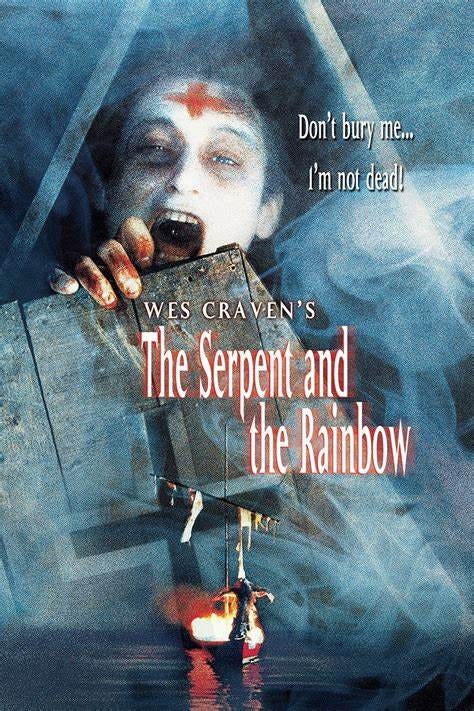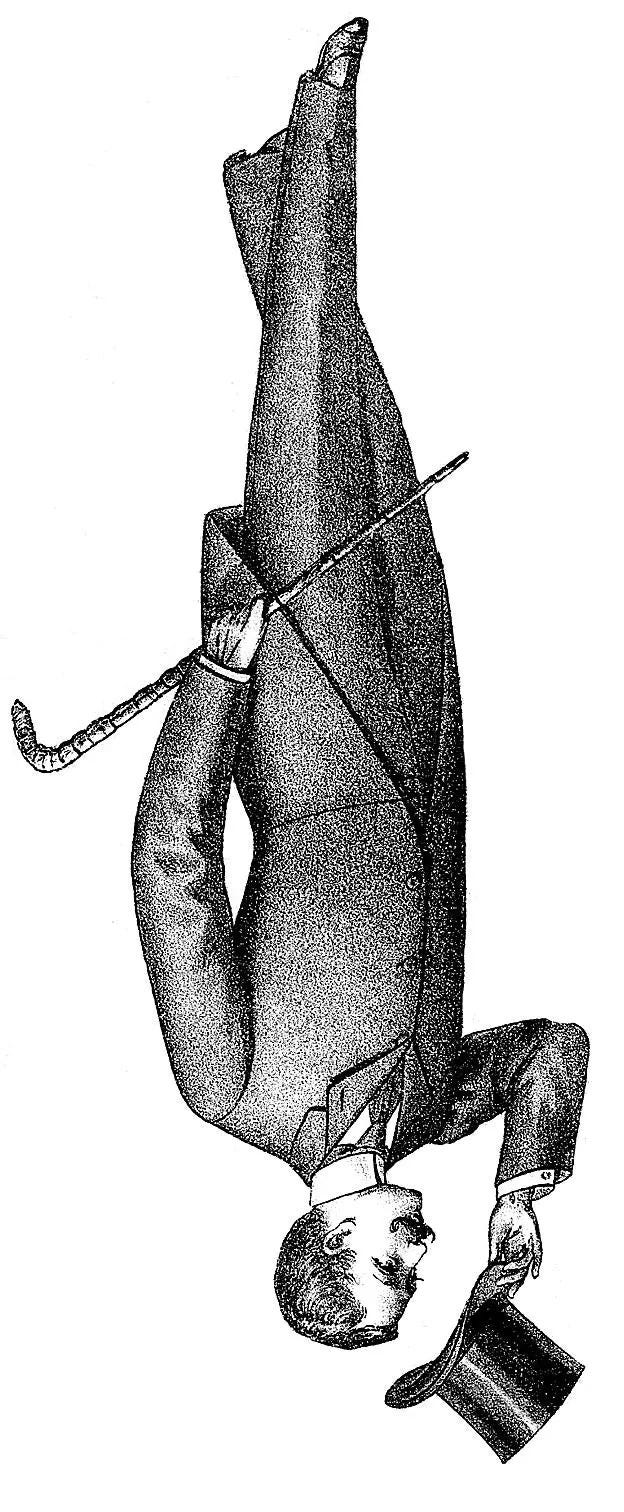Book Review: The Serpent and the Rainbow by Wade Davis
Plus, how the book compares to the Wes Craven film adaptation.
The Serpent and the Rainbow: A Harvard Scientist’s Astonishing Journey into the Secret Societies of Haitian Voodoo, Zombies and Magic by Wade Davis. Narrated by Sean Runnette. Tantor Media, Inc. 2020. 12 hours (approx.).
About Wes Craven’s The Serpent and the Rainbow, Roger Ebert said most movies use Voodoo as a “gimmick” but this one “seems to know something about” it. He continues, “[The Serpent and the Rainbow] treats it seriously as a religion, a way of life, and an occult circle that does possess secrets unexplored by modern medicine.”
That’s because the Craven film is based on a nonfiction book by the same name written by Harvard ethnobotanist Wade Davis. Ebert’s opinion may be correct as far as Voodoo movies go, and the film is well made. However, Craven didn’t capture the “way of life” with the same seriousness as Davis. So, we turn to the source material.
Just like his film counterpart, Davis is sent to Haiti to discover the secret ingredient in a powder used to make zombies. The task is more difficult than it seems, as the recipe is a closely guarded secret. Nevertheless, Davis ingratiates himself to a Bokor (sorcerer) named Marcel Pierre. The Bokor allows Davis to watch him prepare the magic powder and take samples back to Harvard. Ultimately, he concludes the primary active ingredient is tetrodotoxin.
Tetrodotoxin is blowfish poison. It’s very deadly but can cause a death-like paralysis from which a person can recover under certain conditions. Indeed, Davis tells of two such cases in Japan where blowfish (called fugu) is a delicacy. Davis believed that Pierre created the conditions necessary to paralyze but not kill the victim during his preparations of the ingredients.
Tetrodotoxin is the zombie drug, Davis concluded. It explains how a man might be presumed dead, buried and revived later. However, it doesn’t address the psychological element. After all, zombies are enslaved to the Bokor. While it’s true that zombies are continually drugged and beaten to encourage obedience, Davis believed there was more at work - a powerful belief system. He calls it set and setting.
“Set and setting” is a phrase commonly used in the context of psychedelic experiences, particularly when discussing the influence of environment and mindset on the outcome of these experiences. Davis explains it this way: a person who is looking for a psychedelic experience will eat a magic mushroom and have a pleasant time. However, a person who believes he is eating a shiitake will rush to the ER. The mindset changed the experience.
When a Haitian - who is raised in a culture that believes in literal zombies - is poisoned, buried and revived he believes himself to be a zombie. It is a culturally conditioned set and setting, according to Davis, which changes the experience entirely. To fully understand the zombie phenomenon, Davis believed he must fully immerse himself in Voodoo culture. He spends the second half of the book telling how he penetrated secret Voodoo societies to learn their way of life.
This brings us back to Wes Craven’s take on The Serpent and the Rainbow. Craven takes a good stab at bringing this world to life; the movie was, in part, filmed in Haiti and, as Ebert writes, “There’s never the sense of sets, of costumes, of hired extras, but more of a feeling of a camera moving past real people in real places.”
Nevertheless, the movie still occasionally dips into spectacle. The final scene comes to mind: a pit to Hell opens up and swallows the villain. It could be a hallucination - the movie plays a lot with what is real, what isn’t - yet I maintain it undercuts the movie’s “real people in real places” style. I also feel scenes like this take away from what Davis was trying to do with his book, namely, present Voodoo as an intriguing cultural phenomenon rather than dolls stuck with pins.
None of this is to say Craven’s film is bad. On the contrary, I hope you, dear reader, will watch it as part of your Halloween celebrations. But I also advise reading the book for more about what Voodoo really is.




